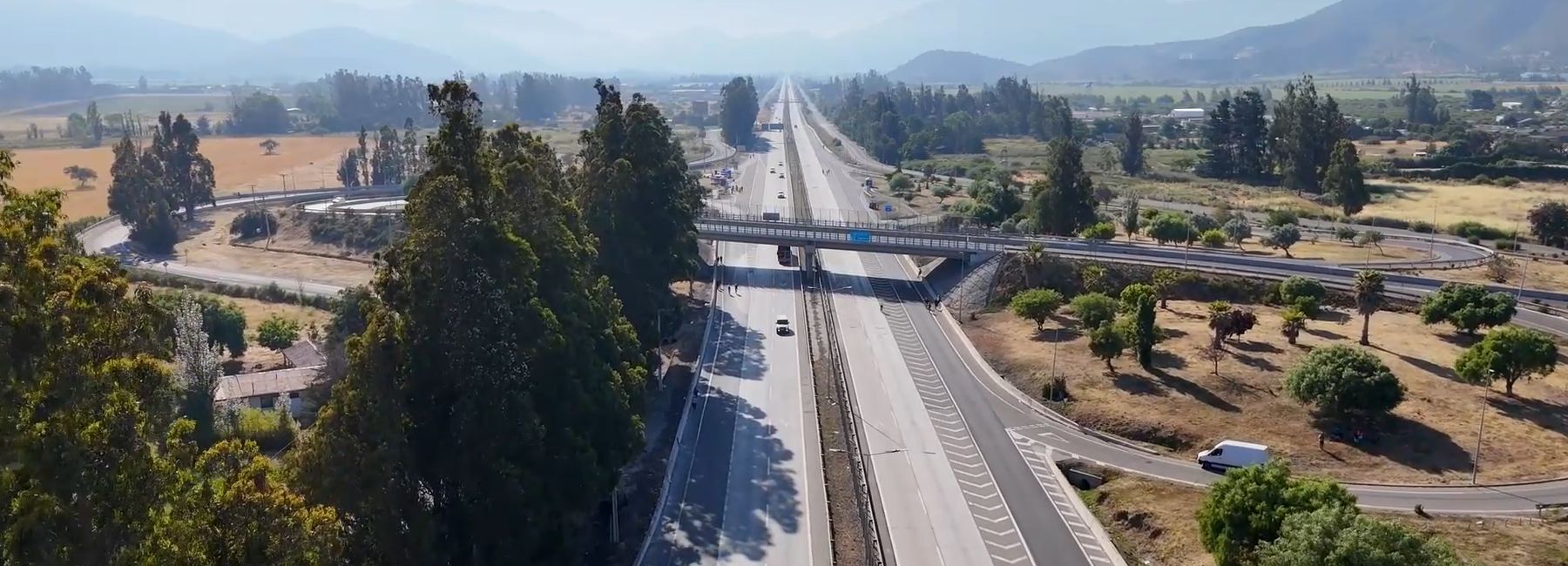Customer Stories | June 4, 2025
Digital twins deliver smarter, safer roads in Chile
Road networks are the backbone of connectivity. They keep people and economies moving.
Building infrastructure for roads can be the difference between a thriving country integrated into the modern world and an isolated area with limited access to essential services and economic opportunities.
But even the simplest road networks require meticulous planning and world-class engineering.



